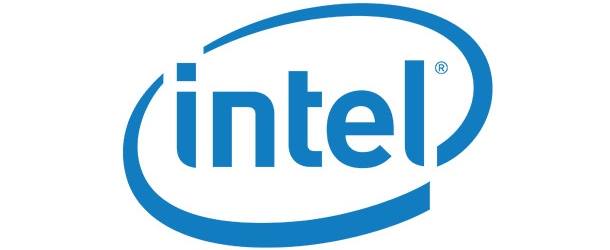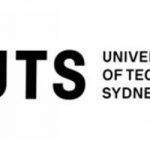Intel Tweaks Its Horse Ridge Qubit Controller for Deep Freeze

(By Becky Bracken) In its race to put qubits and the electronics needed to control them on a single, silicon/CMOS (complementary metal oxide semiconductor) chip, Intel has made an advancement in its Horse Ridge controller that allows it to operate at the same sub-zero temperatures necessary for quantum chips to function.
Intel and its research partner QuTech, which is a collaboration between Delft University and the Netherlands Organisation for Applied Scientific Research, are touting the latest version of Horse Ridge can operate in a cryogenic freezer, which Intel calls an “interconnect bottleneck” breakthrough.
The bottleneck, the report explained, refers to the wiring required to connect room-temperature electronics with qubit chips in cryogenic temperatures. The research was published this month in Nature.
“Our research results, driven in partnership with QuTech, quantitatively prove that our cryogenic controller, Horse Ridge, can achieve the same high-fidelity results as room-temperature electronics while controlling multiple silicon qubits,” Stefano Pellerano, principal engineer at Intel Labs said. “We also successfully demonstrated frequency multiplexing on two qubits using a single cable, which clears the way for simplifying the ‘wiring challenge’ in quantum computing. Together, these innovations pave the way for fully integrating quantum control chips with the quantum processor in the future, lifting a major roadblock in quantum scaling.”
The report added the cryogenic-temperature-tolerant chip achieved 99.7 percent fidelity compared with current room-temperature control electronics.
“These results open up the way towards a fully integrated, scalable silicon-based quantum computer,” the report said.
Research teams will continue to work toward creating a single chip with a fully integrated controller chip and qubits, Intel said. “They are all fabricated in silicon – or package, paving the path for quantum scalability.”
So far, Intel and QuTech have been able to demonstrate they can use a single cable to control two qubits, which they said is an important step in scalability.
“Horse Ridge aims to solve that limitation by leveraging multiplexing to reduce the number of radio frequency cables needed for qubit control,” Intel added. “The research team demonstrated the programmability of the controller by running a two-qubit algorithm called the Deutsch–Jozsa algorithm, which is more efficient on a quantum computer than on a traditional computer.”



















